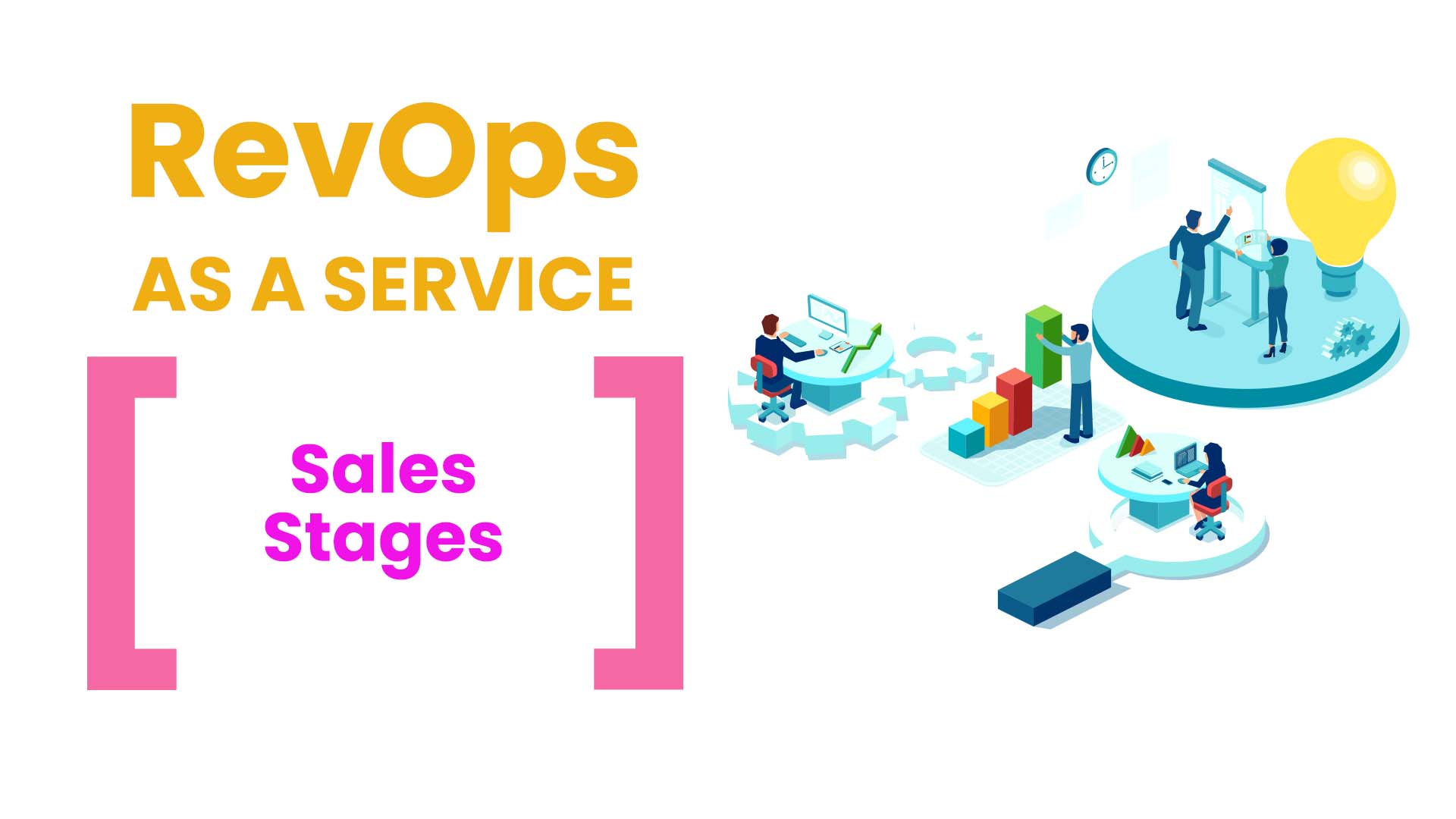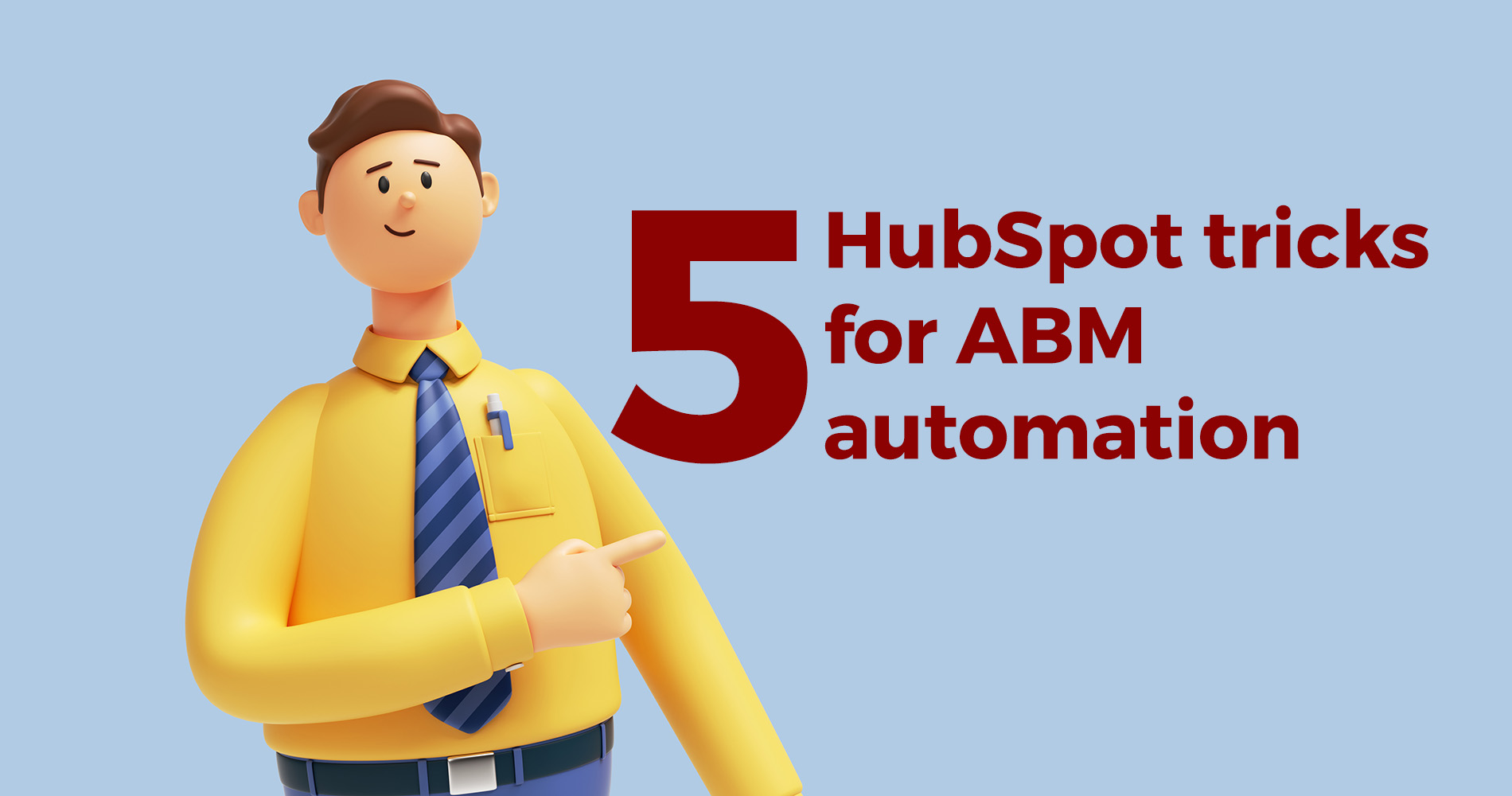As businesses look for ways to streamline their operations and boost revenue, the concept of Revenue Operations (RevOps) has emerged as a popular approach. RevOps is a strategic framework that combines sales, marketing, and customer service functions to create a seamless, cohesive customer experience. One of the key components of RevOps is understanding the sales stages of your business and how each stage contributes to the overall success of the company. Let’s explore how RevOps as a Service can help you optimise the stages of your sales and drive revenue growth.
Why RevOps as a Service?
RevOps, short for Revenue Operations, is a business strategy that involves the collaboration of three primary business units: sales, marketing, and service. These units each have unique functions that contribute to the overall success of the company, but they can also work together to support one another and drive revenue growth.
The main objective of RevOps is to unite the sales, marketing, and service units of a company towards a common goal: generating revenue and ensuring customer success. To achieve this, RevOps breaks down silos between departments and encourages cross-functional collaboration, communication, and support. For instance, sales and marketing teams can work together to create targeted campaigns that effectively engage potential customers, while service teams can leverage customer feedback to inform product or service improvements.
RevOps aims to foster a culture of alignment and cooperation, where all three units work together seamlessly to create a customer-centric organisation. A successful company recognises that the objectives of each unit must constantly align to produce winning results and drive recurring revenue. For example, the marketing team can deliver engaged, qualified leads to the sales team, while the sales team can apprise the service team of what was promised to the customer pre-sale, ensuring proper delivery post-sale.
By promoting cross-functional collaboration and communication, RevOps can help organisations achieve greater efficiency, productivity, and revenue growth. The goal is to eliminate silos and build a cohesive team that is aligned towards a shared mission: driving revenue growth and ensuring customer success.
Accelerate Your Business Growth with RevOps as a Service
While there is widespread agreement that Revenue Operations (RevOps) is crucial to business success, not all companies have a clear understanding of what RevOps entails or how to structure their RevOps team. Furthermore, many businesses lack the expertise needed to develop and implement RevOps strategies, including forecasting models and Go-to-Market (GTM) motions.
The solution to these challenges is RevOps as a Service. By outsourcing RevOps needs to a team of experts, companies can leverage specialised knowledge and experience without having to hire an entirely new in-house team. This strategic partnership provides businesses with an optimised, team-aligned plan for achieving sustainable revenue growth, while also freeing up employee bandwidth for other critical business activities.
RevOps as a Service is a flexible and scalable solution that can be customised to meet the unique needs of any organisation. It can involve a wide range of services, including revenue forecasting, process optimisation, data analytics, and GTM strategy development. With the help of RevOps experts, businesses can gain a deeper understanding of their customers, streamline operations, and optimise revenue generation across all departments.
The benefits of RevOps as a Service go beyond just revenue growth
Some of these include:
- Expertise: By outsourcing RevOps needs to a specialised team of experts, businesses can leverage specialised knowledge and experience without having to hire and train a new in-house team. This can lead to better decision-making, improved revenue generation, and greater overall efficiency.
- Flexibility: RevOps as a Service is a customisable solution that can be tailored to meet the unique needs of any organisation. This can include a wide range of services, including revenue forecasting, process optimisation, data analytics, and GTM strategy development.
- Scalability: As businesses grow and evolve, their RevOps needs will change. By working with a RevOps service provider, businesses can scale their operations up or down as needed, without having to hire additional employees or invest in new technology.
- Increased Efficiency: RevOps as a Service can help businesses streamline their operations and eliminate silos between departments. This can lead to faster decision-making, improved communication, and greater overall efficiency.
- Cost Savings: By outsourcing RevOps needs to a service provider, businesses can save on employee bandwidth and avoid the costs associated with hiring and training a new in-house team. This can result in significant cost savings over time.
- Improved Customer Experience: By aligning sales, marketing, and service functions, RevOps as a Service can help businesses create a seamless, cohesive customer experience. This can lead to greater customer satisfaction and loyalty, and ultimately, increased revenue growth.
RevOps as a Service and Sales stages
If you decide to outsource your revenue processes to a team of RevOps experts, they may examine various areas to map out your strategies. One such area is sales stages, which can be analysed and optimised by a team of RevOps professionals. Here's a closer look at how they might tackle this important aspect of your revenue operations.
Sales Stages: What are They?
RevOps is an empirical science that relies on data-driven decision-making rather than intuition or guesswork. Its fundamental goal is to develop processes that can be replicated and scaled to achieve sustainable revenue growth. To accomplish this, revenue teams must educate, assess, repeat, enhance, demonstrate, and apply growth strategies throughout the revenue cycle, emphasising the importance of the "repeat" factor. When a strategy works, it should be easy to replicate and apply again without guesswork.
One critical aspect of the RevOps process is the sales stages. These stages represent the various steps involved in a repeatable sales process that aligns with the buyer journey. They are customised per deal pipeline and coincide with the deal object. Standardising the sales process and information, enhancing sales reporting capabilities, and reinforcing revenue forecasting are among the benefits of utilising sales stages.
However, if not correctly optimised, these five sales stages can result in missed opportunities, making it necessary for businesses without the tools or RevOps-trained personnel to outsource to RevOps as a service companies. Such companies have the necessary expertise to optimise the sales stages and help businesses achieve sustainable revenue growth.
Guidelines
RevOps teams that use HubSpot as their CRM platform can maximise the use of sales stages by adhering to specific guidelines. These guidelines help ensure that the sales process is optimised for efficiency and effectiveness. A team of RevOps experts typically follow these guidelines, some of which are described below:
- Book Ends: This guideline helps identify the triggers that signal the beginning and end of each pipeline. By defining these triggers, the team can better track and manage the progress of each deal.
- Sales Motions: Different buying processes require different pipelines. By creating separate pipelines for each buying process, the team can more effectively manage the sales process.
- No Prospecting: Prospecting activities should be separated from the sales pipeline. This keeps the pipeline focused on the actual sales process and helps ensure that leads are properly qualified before entering the pipeline.
- Buyer Journey: The stages in the pipeline should reflect the buyer's progress through their journey, rather than the sales team's progress. This helps the team better understand where the buyer is in their journey and what actions need to be taken to move them forward.
- Avoid Fake Stages: Some stages may appear to be legitimate stages but are just sales activities that occur during a stage. For example, "Proposal Sent" is not a stage, but a sales activity that occurs during a stage.
- Sales Actions: Entry requirements should not be sales actions, unless an extremely prescriptive sales process is necessary.
- Automate: Where possible, automation should be used to progress a deal forward. This helps reduce the workload for the sales team and ensures that deals are consistently progressed forward.
What results to expect?
Here is what to expect When your sales stages are set up correctly:
- Sales pipeline established per sales motion: A properly set up sales process will have a pipeline that reflects the different buying processes or sales motions of your customers. This allows for a customised approach that caters to each type of sale and ensures that your sales process is efficient and effective.
- Names, probabilities and required properties defined: Each stage in the sales process should have a clear and concise name that accurately represents the progress being made. Additionally, probabilities should be assigned to each stage to help forecast revenue and make data-driven decisions. Required properties, such as information needed to advance a deal to the next stage, should also be clearly defined.
- Repeatable process for advancing deals: With a well-defined sales process, there should be a repeatable process for how a deal advances through the stages. This ensures consistency and helps identify areas for improvement in the sales process.
- Confirmation of entry and exit criteria: Each stage should have clear entry and exit criteria that serve as required properties. This ensures that each deal has the same relevant information at each stage and helps sales reps make informed decisions.
- Workflows and automation: Workflows and automation can help advance deals through the pipeline automatically, saving time and increasing efficiency. This can include automated emails, notifications, and tasks to keep deals moving forward.
- Consistent monitoring: A well-defined sales process should be consistently monitored to ensure that it is being followed and to identify areas for improvement. Regular check-ins and reporting can help identify bottlenecks or inefficiencies in the process.
Real Inbound: Your Go-To Partner for Revenue Operations Services
Outsourcing RevOps is essential for businesses, as they may not have the in-house expertise to execute it effectively. Real Inbound offers technical Systems Integration services to help businesses optimise their revenue operations. Beyond sales stage optimisation, we conduct an initial audit and map out the entire sales process, define the Ideal Customer Profile, create personas, and craft messaging. We also automate processes for efficiency and build custom reporting for full-funnel analysis.
Trust us to take the lead and accelerate your business growth!






